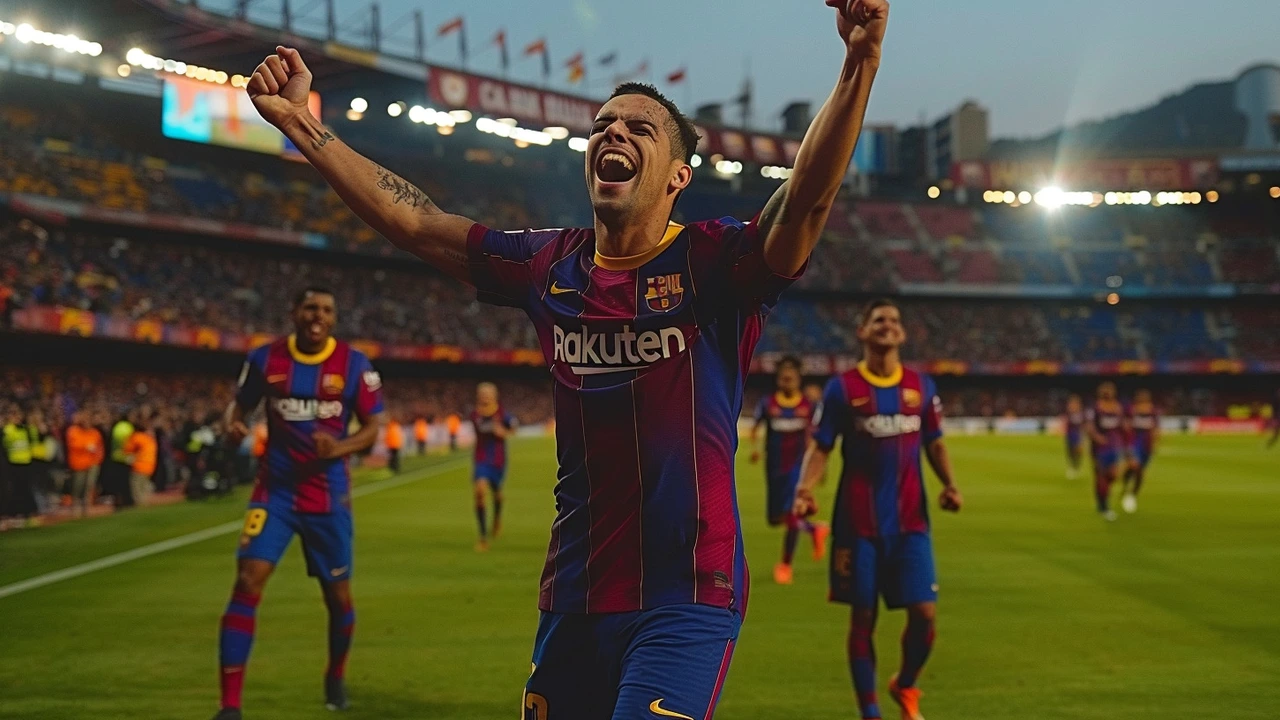Football Revenue: Where the Money Comes From and How to Grow It
Money makes clubs competitive. But how do teams actually earn it? If you follow football, you know TV deals and sponsorships dominate headlines. For many clubs — especially in Africa — the picture is wider and more mixed. This guide breaks down the main revenue streams and gives simple, practical steps clubs can use to earn more without huge upfront costs.
Where the money comes from
Broadcasting rights: For big leagues, TV deals are the biggest slice. Broadcasters pay for live games and highlights, and that cash flows to clubs through league distributions. In smaller markets, TV money is limited, but streaming offers new options to sell matches directly to fans.
Sponsorship and commercial deals: Shirt sponsors, sleeve patches, training partners and naming rights bring steady income. Local brands often prefer deals with community value. Create clear packages (exposure metrics, hospitality, digital posts) so sponsors know the return.
Matchday revenue: Tickets, food, parking and hospitality shine on game days. Even modest price increases plus better fan zones or VIP seats can lift matchday income substantially. For many African clubs, improving the matchday experience is a quick win.
Player transfers: Developing and selling talent can be a primary revenue engine. A strong academy and clear scouting reduce scouting cost and create sellable assets. Smart clauses — sell-on percentages and performance bonuses — protect long-term earnings.
Merchandise and retail: Branded shirts, scarves, and online stores convert casual fans into buyers. Even small clubs can run pop-up stands on matchday and offer local delivery via WhatsApp or mobile money to boost sales.
Prize money and competitions: Cup runs and continental competitions pay well. A single deep run in a continental tournament can fund a season’s wages. Targeting cups with realistic pathways makes sense for resource-limited squads.
Practical steps clubs can take now
Audit every income source first. Track where money comes from and which areas grow fastest. Then focus on low-cost, high-impact changes: improve ticketing and payment ease, build a basic online shop, and package sponsorship tiers with clear metrics.
Invest in youth and scouting. A focused academy with clear pathways to the first team raises quality and creates transfer income. Use local tournaments and school partnerships to find talent without costly scouting networks.
Use social media and streaming smartly. Short highlight clips, behind-the-scenes content and affordable live streams build a fanbase you can monetise through ads, donations and paid subscriptions.
Finally, be transparent. Clear finances attract sponsors, investors and partners. Show what funds will be used for — stadium upgrades, youth development or community programs — and you’ll find brands and donors more willing to commit.
Football revenue isn’t magic. It’s a mix of steady contracts, smart player development, matchday experience and digital reach. Small, practical steps done well often beat big, risky moves. Start with an honest audit and build from there.
FC Barcelona Set to Earn €130 Million from LaLiga TV Rights for 2023/24 Season
FC Barcelona is expected to earn around €130 million from LaLiga television rights for the 2023/24 season, primarily due to their second place finish. The total revenue from television rights is about €1.5 billion, with a significant portion allocated to various non-professional football ventures. The remaining amount is distributed among the 20 LaLiga clubs based on their standings.
